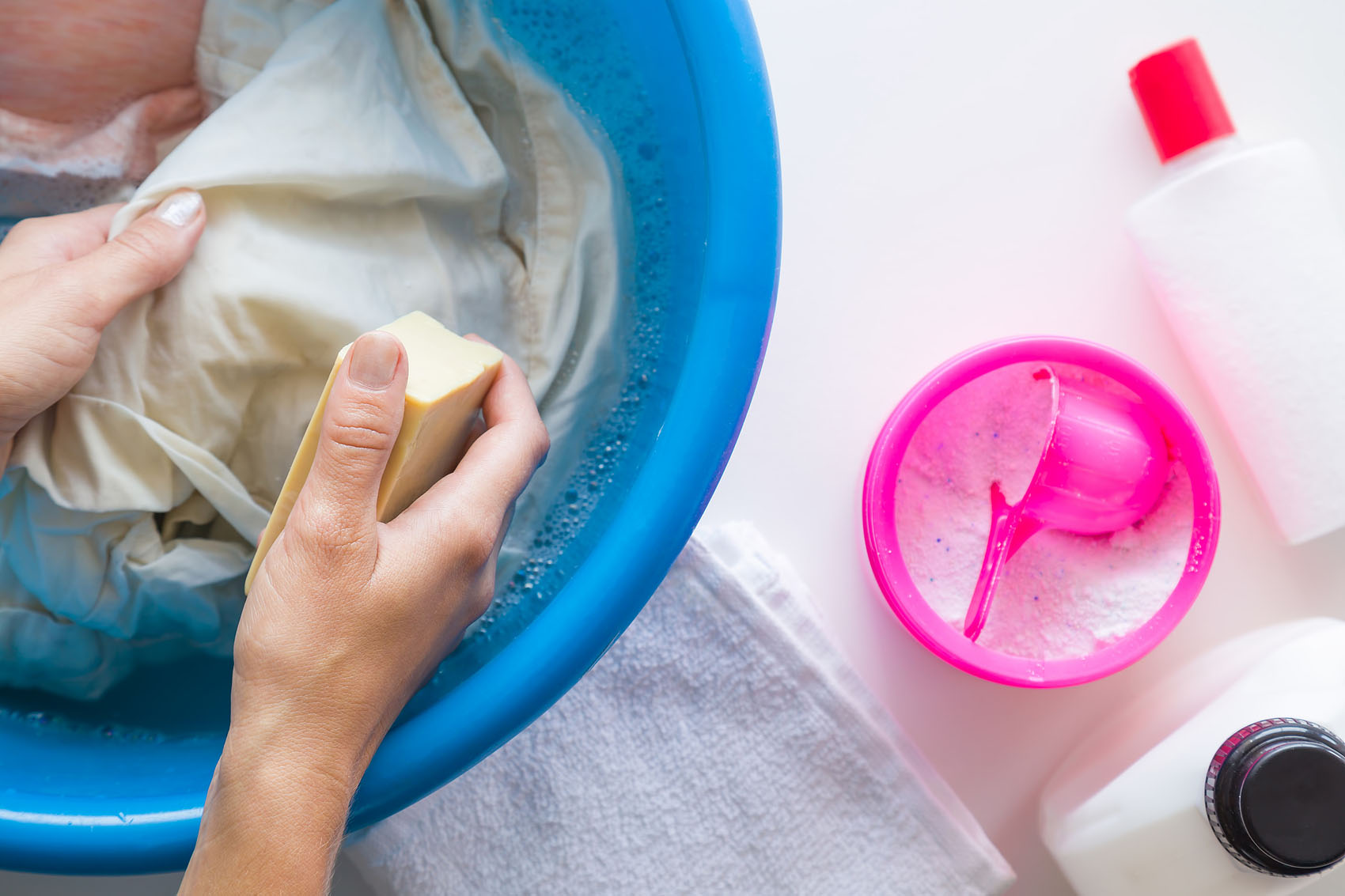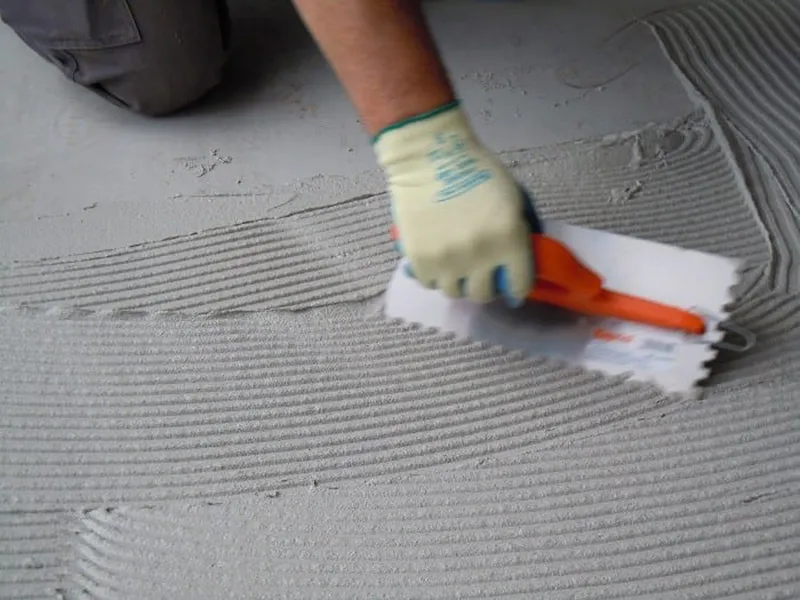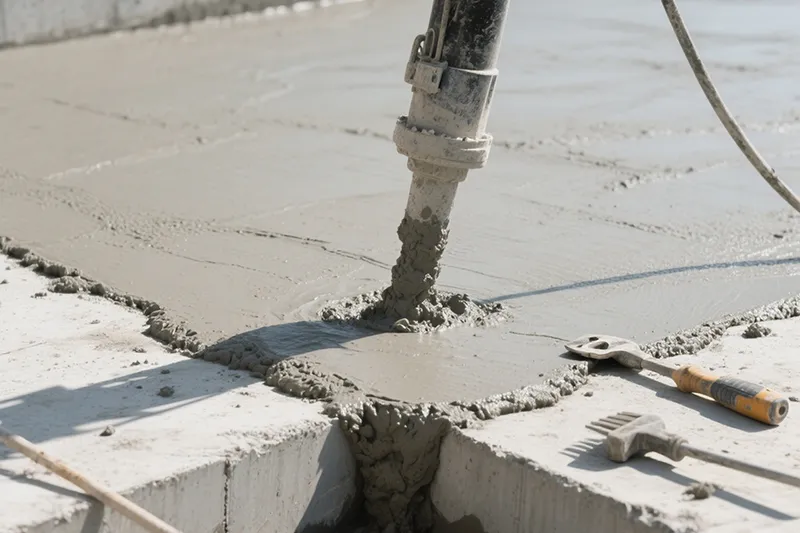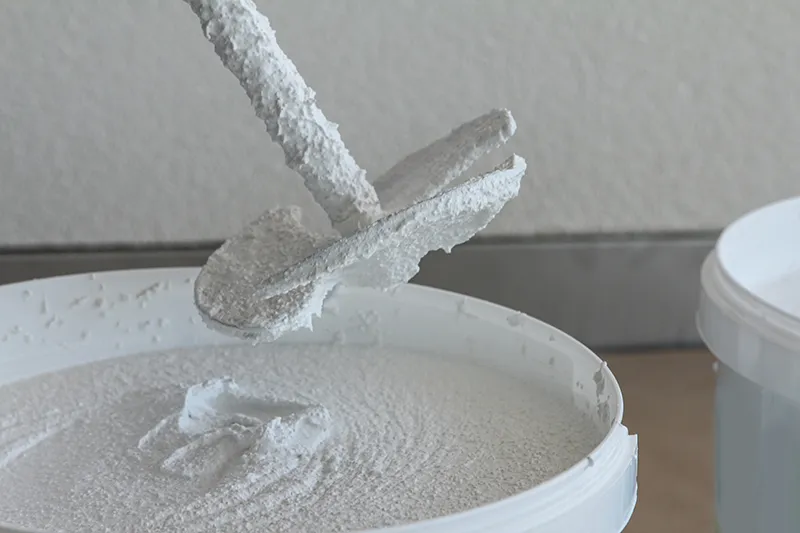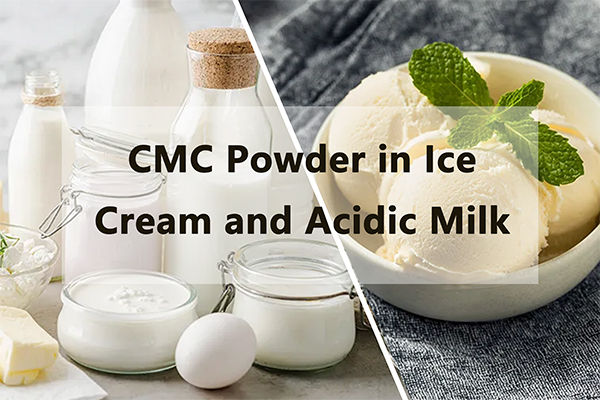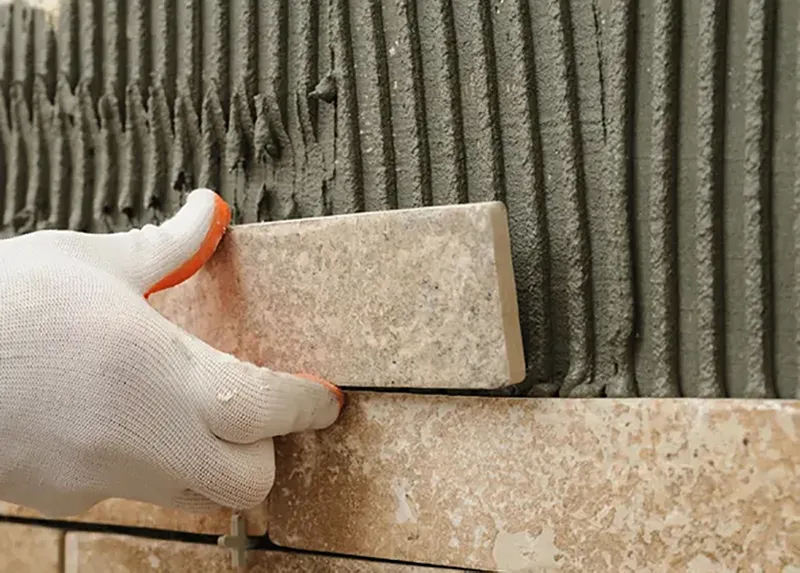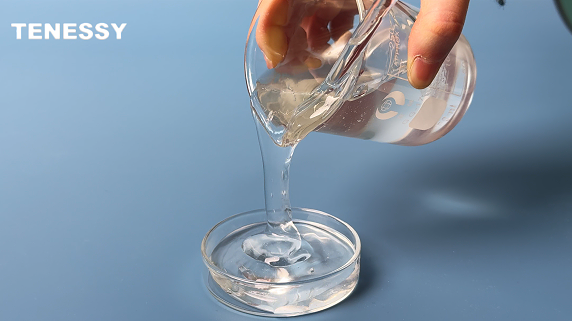
The proportion (additive amount) of HPMC in daily detergent products should be adjusted according to the type of product, required viscosity, formulation system (e.g. surfactant concentration, electrolyte content) and HPMC itself (viscosity, substitution degree, etc.), usually ranging from 0.1% – 1.0%. The following are the typical additive ratios and influencing factors in different washing products:
I. HPMC Additive Ratios in Common Washing Products
1.Laundry Detergent (Including machine wash and hand wash)
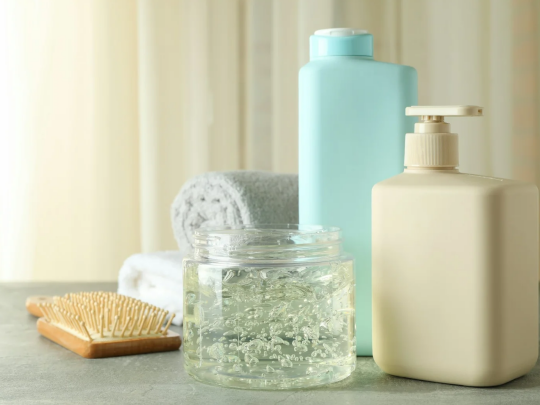
Additive amount: 0.2% – 0.8%
Explanation:
Ordinary laundry detergents (with viscosity of about 1000 – 5000 mPa・s) are usually added with 0.2% – 0.5% in order to ensure the fluidity and wall-hanging property;
High-viscosity laundry detergents (e.g. concentrated type, with viscosity of 5000 – 10000 mPa・s) are usually added with 0.2% – 0.5% in order to ensure the fluidity and wall-hanging property. High viscosity laundry detergents (e.g. concentrated type, viscosity 5000 – 10000 mPa・s) may add 0.5% – 0.8%, need to cooperate with electrolytes (e.g. sodium chloride) to thicken.
2.Detergent (Dishwashing Detergent)
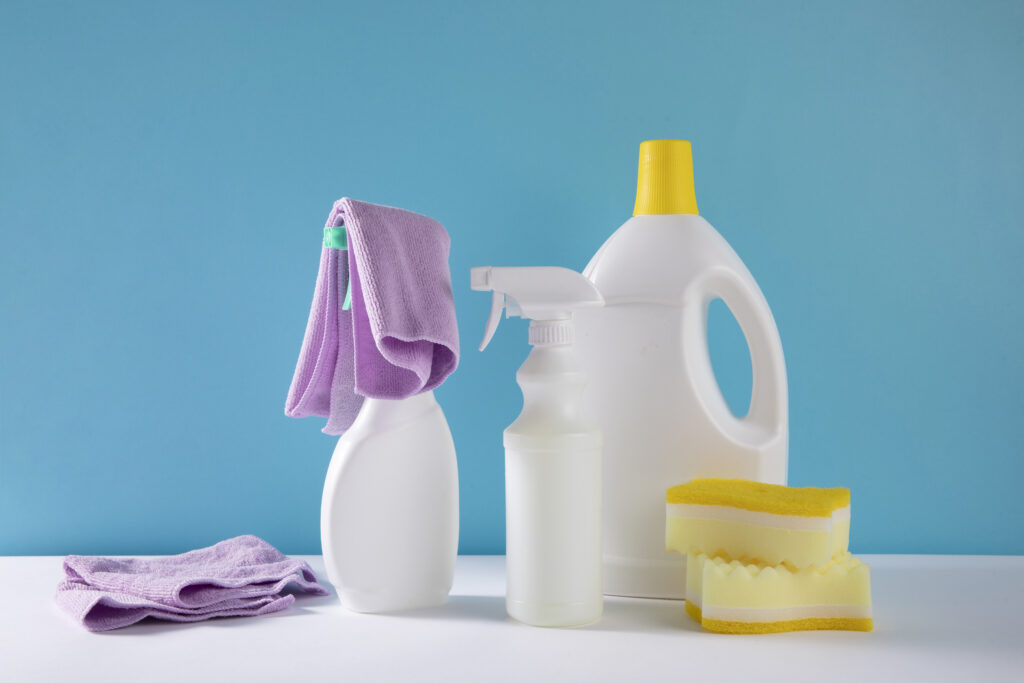
Addition: 0.1% – 0.5%
Description:
Detergent needs lower viscosity (500 – 3000 mPa・s), easy to pour and fast dissolution, so the addition amount is lower;
If the surfactant concentration in the formula is high (e.g. 15% – 20%), the addition amount of HPMC can be reduced to 0.1% – 0.3%, to avoid too high viscosity.
3.Shower Gel, Hand Soap
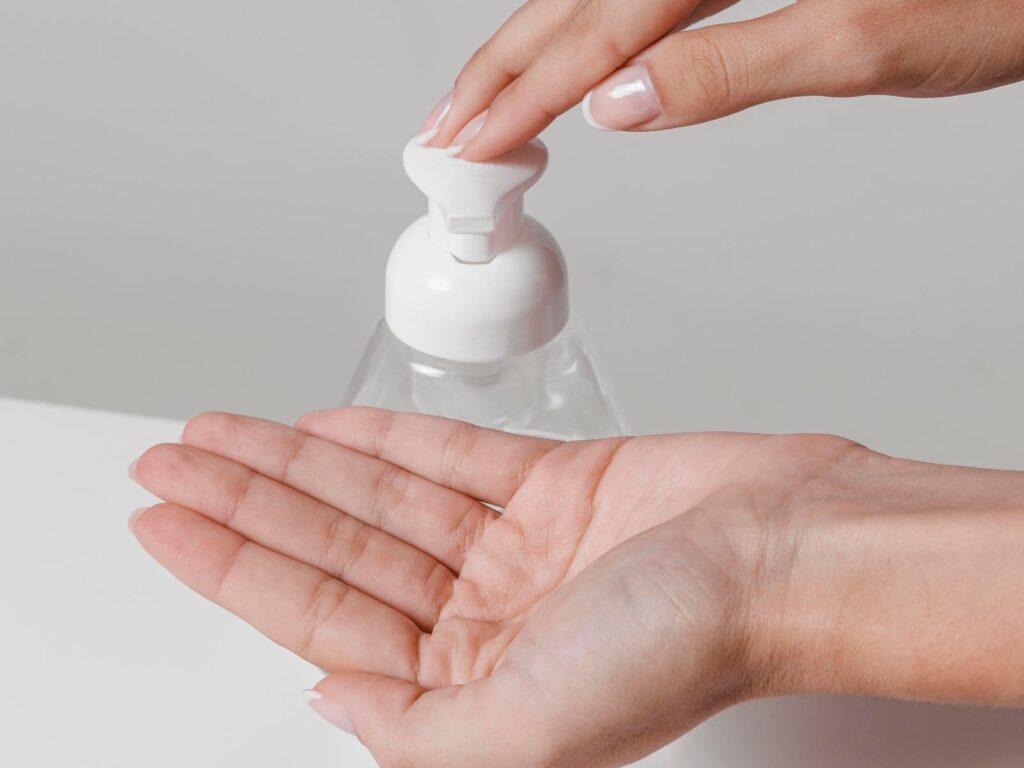
Additive amount: 0.3% – 1.0%
Description:
These products have higher requirements for skin feel and consistency, and need a certain viscosity (3,000 – 8,000 mPa・s) to enhance the feeling of smoothness and use experience;
If compounded with other thickening agents (e.g., carbomer, guar gum), the HPMC additive amount can be lowered to 0.3% – 0.6%, to avoid the sticky feeling.
4.Other Washing Products
Low viscosity products such as collar cleaner, color bleaching liquid: the addition amount is usually ≤0.3%, mainly to stabilize the system;
Low viscosity products such as collar cleaner, color bleaching liquid: the addition amount is usually ≤0.3%, mainly to stabilize the system;
Paste detergent (e.g. laundry cream): 0.5% – 1.0% may be added with other colloids to enhance the consistency and stability.
II.The Key Factors Affecting the Addition Ratio
1. HPMC Viscosity:
Low viscosity HPMC (such as 2% aqueous solution viscosity 1000 – 3000 mPa・s) need to add a higher amount (0.5% – 1.0%) to achieve the target consistency;
High viscosity HPMC (such as 2% aqueous solution viscosity 10,000 – 20,000 mPa・s) can be reduced by the amount of addition (0.1% – 0.5%), but need to avoid local caking. However, localized agglomeration should be avoided.

2. Surfactant Concentration in the Formulation:
In high surfactant (e.g. 15% – 25%) systems, HPMC and surfactant may produce synergistic thickening, and the addition amount can be reduced (e.g. 0.2% – 0.4%);
In low surfactant (e.g. 5% – 10%) systems, the addition amount of HPMC needs to be increased (0.5% – 0.8%) in order to ensure viscosity.
3. Electrolyte Content:
If sodium chloride, sodium sulfate and other electrolytes are added to the formula to regulate the viscosity, the salt resistance of HPMC will affect the amount of additive:
HPMC with poor salt resistance is easy to be “salted out” in high salt systems, and the amount of additive should be lowered (e.g., ≤0.3%);
HPMC with good salt resistance can be kept stable under high salt (5% – 8%), and the amount of additive can be increased according to the normal proportion (0.5 – 0.8%). HPMC with good salt resistance can be stabilized under high salt (5% – 8%), and the amount of addition can be according to the normal ratio (0.3% – 0.6%).
III.Notes on Practical Application
Suggestions for initial additions: For the first test, add 0.3% – 0.5%, and then gradually adjust the viscosity according to the measured viscosity (every 0.1% increase in the amount of addition, the viscosity may be increased by 500 – 2000 mPa・s, depending on the model).
Dispersibility influence: If HPMC is not dissolved sufficiently (agglomeration), the actual effective concentration will be reduced, and need to appropriately increase the amount of additive (at the same time, optimize the dissolution process, such as dispersed in glycerol or non-ionic surfactants before adding water).
In short, the proportion of HPMC need to be added through a small test evidence, combined with product performance objectives (viscosity, stability, skin feel) and production process to determine the core is to achieve the best system effect at low cost.



